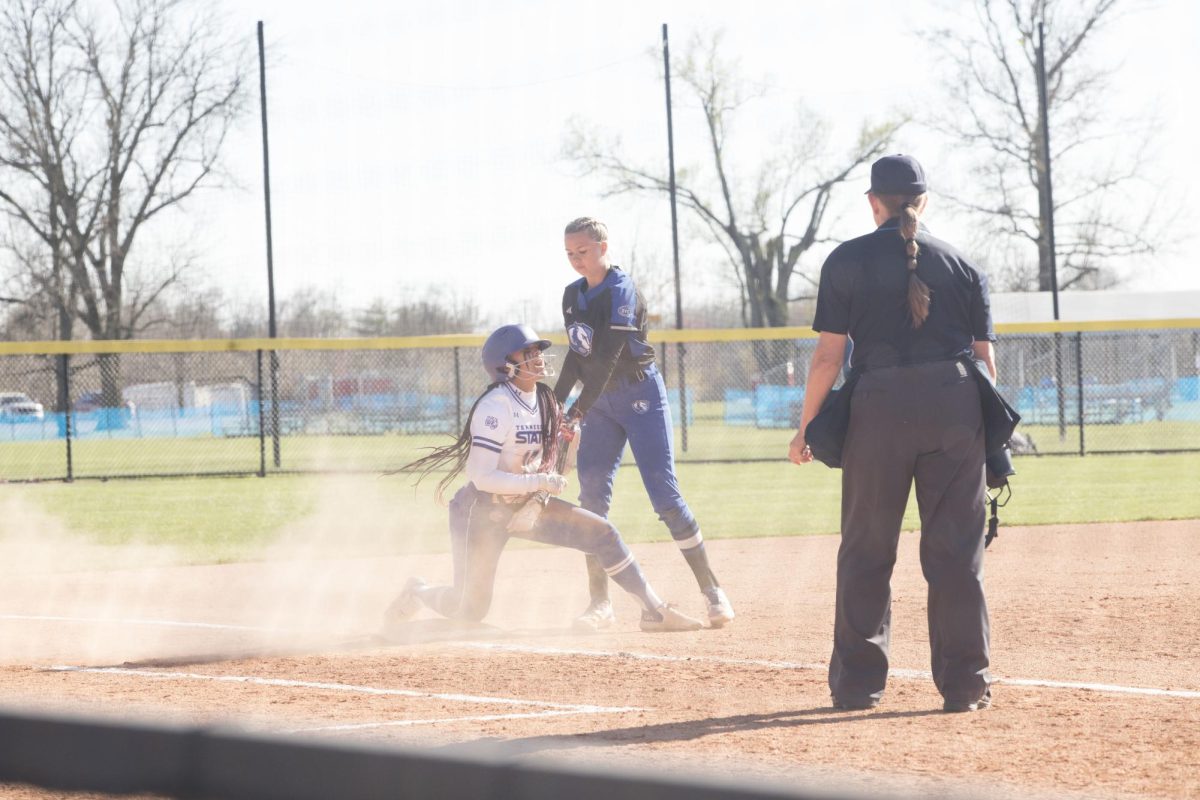How does the national opioid crisis affect Eastern?
May 29, 2018
Many students live in the dark when it comes to the potency of the opioid crisis that is harming and killing tens of thousands of people in the United States every year.
The facts of this horrendous blight on our country are stunning. Overdoses are now the leading cause of death for Americans under the age of fifty, and many of the people who make up these statistics are college students. In fact, according to a survey of college students out of all the college students interviewed on campuses across the United States, 7 percent of the 870 respondents stated they have abused opioids.
Now for a dose of reality. According to the webpage, EIU at a Glance, there are 7,415 students enrolled at Eastern. That means statistically (using the national survey) there are at least 519 students who have abused opioids. This is a very serious situation.
As you can imagine, there is no good way to get accurate statistics on just how many students use or have used these harmful substances legally or illicitly, because many students will never admit that they have done so. The problem is even more complicated by the confusion over what is considered an opioid, and the fact that many do not believe they can be dangerous.
Opioids are drugs that are synthetically and semi-synthetically made to relieve pain in the human body. These include painkillers such as Oxycodone, codeine, morphine and Fentanyl. This also includes illicit drugs such as heroin.
Because these drugs are prescribed for many legitimate reasons, such as pain relief, people have the feeling that they must be safe. After all, a doctor would not prescribe something that would be harmful, would they? If used correctly and for the purpose for which they are intended, prescription medications are not overtly dangerous. However, they are potent stimulators to the pleasure center of the human brain, and consumers can quickly grow addicted.
According to a Centers for Disease Control (CDC) study, they found that roughly 21-29 percent of patients prescribed opioids for chronic pain misuse the medication, 8-12 percent develop an opioid use disorder and 4-6 percent of prescription opioid abusers transition to using heroin.
While opioids cause an initial high, after a while it takes more and more of the medication to have the same effect, due to a higher tolerance for the drug. This causes two horrible side-effects. One, the abuser becomes imprisoned in the depths of an addiction that robs them of their health and can cause them to break the law. And two, since a higher dose of the drug is required to meet the brains need, accidental overdose can be result, which all too often leads to death.
The greatest enemy a college student has when it comes to this horrific epidemic is their youth. Many students feel that they are young and so these drugs will not hurt them in the long run. After all, doesn’t everyone pop pills? This “it will never happen to me” thinking is dangerous. It robs a person of their reasoning power and leads them to a false sense of security.
A personal note. I myself will have been sober for three years on June 27 from an addiction to prescription pain killers. I have abused opioids most of my life, beginning at the age of 26. I began taking opioids to combat severe pain I was experiencing, but soon found the alluring power of the high they bring, and felt smug enough in my youth to ignore the warning signs that I was harming my health. Because of my abuse of these drugs, I had a stroke in December 1999. I was 39 years old. It was due to this stroke, that I live in a wheelchair today and will never leave it.
So, I have a vested interest in raising the battle and warning cry on the Eastern campus today.
Don’t become a statistic. Never take any prescription medication differently or longer than ordered. If you find yourself being lured into the trap of addiction, get help. Do not wait. If you are already addicted, then talk to a drug rehab counselor right away. Please, don’t allow yourself to go down the long hard road I have had to travel.
Eastern Illinois University has a counseling center on campus located in the Human Services Building that can help if you find yourself in the haze of opioid abuse and/or addiction. They are open fall and spring semesters Monday-Friday 8 a.m.-4:30 p.m. and in the summer Monday-Thursday 8 a.m. -4:30 p.m., Fridays 8 a.m. to noon. They have counselors that you can speak to by appointment to help you find your way back to life again.
You are all so young. Take care of your health. Listen to reason, and never take medications that are not yours. If someone offers you a drug, shun it as if it were a viper ready to strike you dead, because it just might.
Shirley J. Davis is a senior psychology major, she can be reached at 581-2812 or [email protected]











































